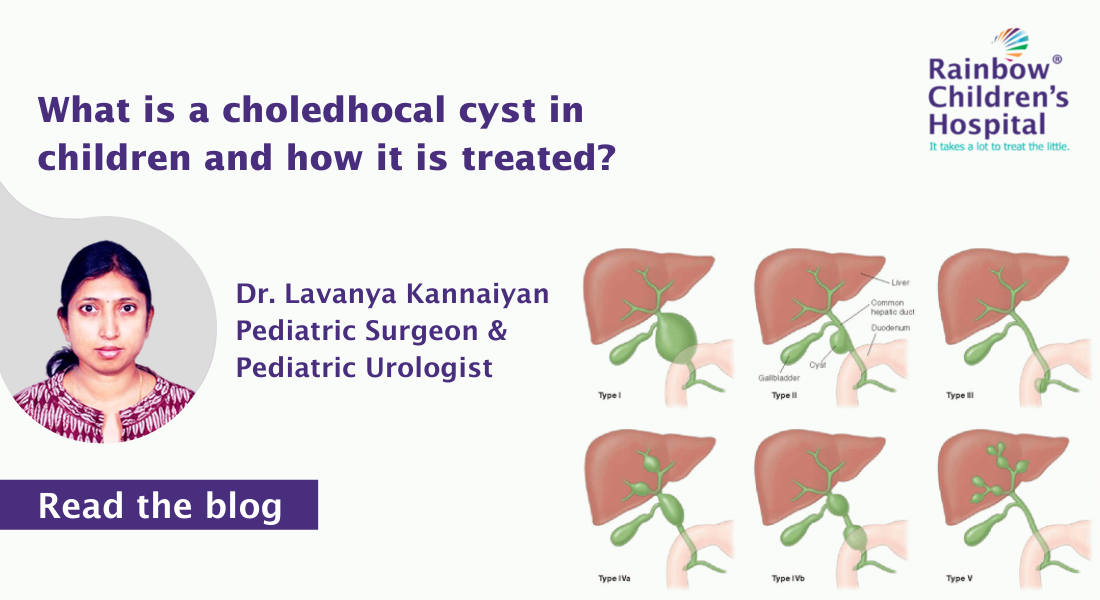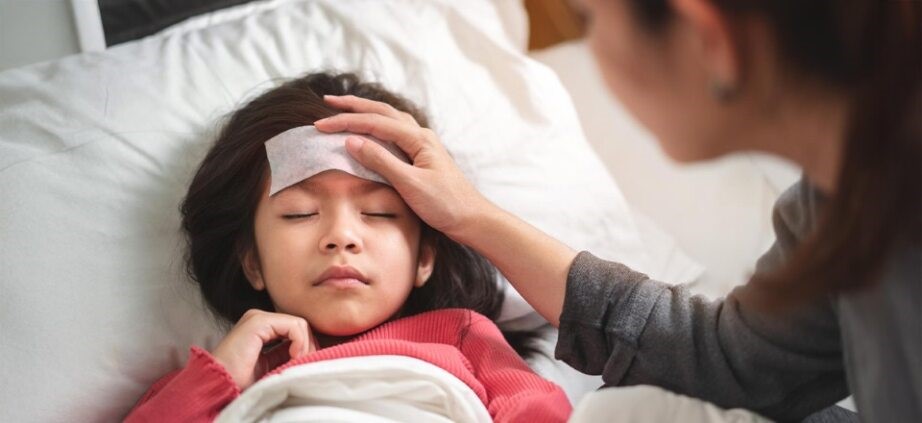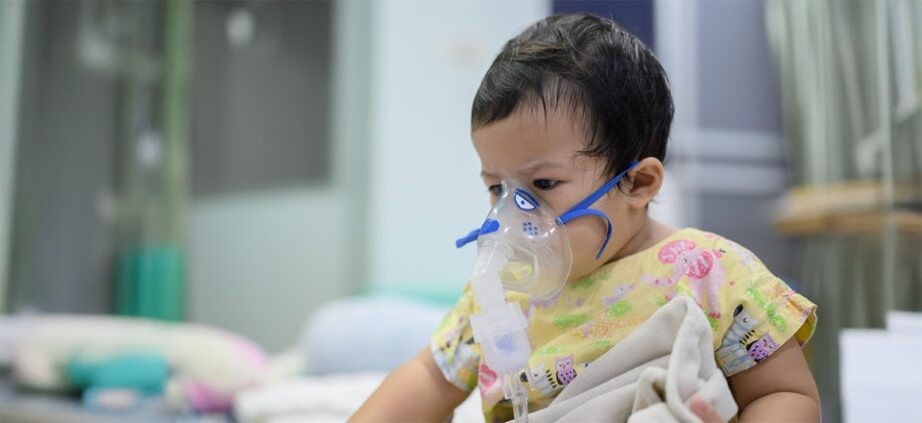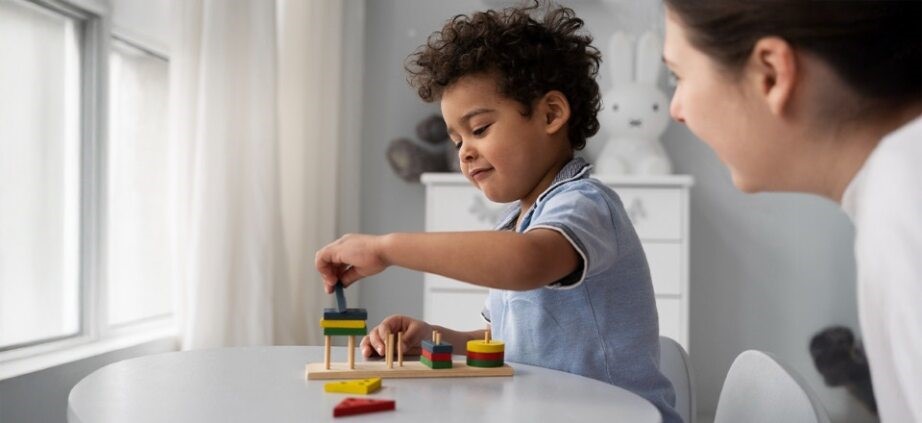Categories
What is a choledhocal cyst in children and how it is treated?
Oct 24, 2022
Choledochal cyst is a congenital anomaly of the bile duct that transports bile from the liver to the gallbladder and small intestine. It is the ballooning of the bile duct and it may occur because the bile duct wall is abnormal either from weakness or obstruction. This can cause poor drainage of the bile with local inflammation. The swelling may be present inside and/or outside the liver.
Most of the time it is incidentally detected when an ultrasound is done for abdominal pain. Some children may have fever, abdominal pain and jaundice. Very rarely they can have alternating pale stools and yellow stools. It may even be detected before birth. Most common tests done are ultrasound of the liver and MRCP (MRI of the bile ducts). This will show the size and the extent of the cyst. Treatment is surgical. Surgery is recommended in view of risk of recurrent infections of the bile ducts (cholangitis). This can lead to cirrhosis and damage of the liver. The other reason being risk of cholangiocarcinmoma (cancer of the bile ducts). The surgery is usually done laparoscopically. The abnormal bile duct is excised. It reconnected to the digestive tract using small bowel (roux-en-y hepaticojejunostomy). Once the child is recovered they are followed long term to monitor the functioning of the liver.
Most of the time it is incidentally detected when an ultrasound is done for abdominal pain. Some children may have fever, abdominal pain and jaundice. Very rarely they can have alternating pale stools and yellow stools. It may even be detected before birth. Most common tests done are ultrasound of the liver and MRCP (MRI of the bile ducts). This will show the size and the extent of the cyst. Treatment is surgical. Surgery is recommended in view of risk of recurrent infections of the bile ducts (cholangitis). This can lead to cirrhosis and damage of the liver. The other reason being risk of cholangiocarcinmoma (cancer of the bile ducts). The surgery is usually done laparoscopically. The abnormal bile duct is excised. It reconnected to the digestive tract using small bowel (roux-en-y hepaticojejunostomy). Once the child is recovered they are followed long term to monitor the functioning of the liver.











